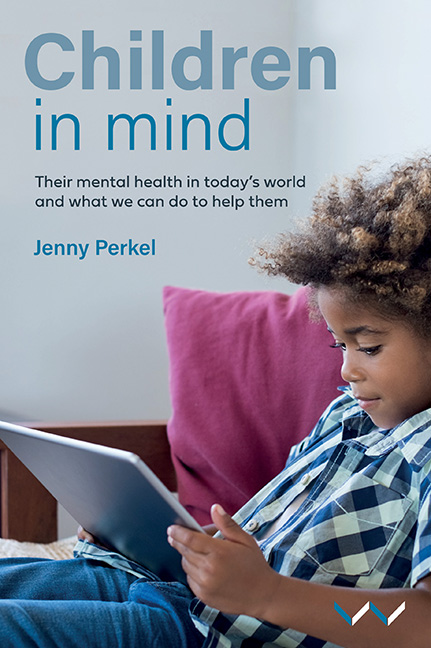2 - Childhood Psychiatric Diagnosis Today
Published online by Cambridge University Press: 26 May 2022
Summary
The classification of behaviour, emotions and patterns of relating to others into mental disorders is a hotly debated issue. Not everyone believes in it, especially when it extends to children. Any psychiatric diagnosis is a human construct, subject to academic, clinical and public scrutiny. But to be fair, psychiatric diagnoses are constantly being revised and adjusted according to context and an ever-changing world. The International Statistical Classification of Diseases and Related Health Problems (ICD) is a global World Health Organization (WHO) initiative that classifies all health information, including mental health, for clinical and research purposes. The ICD is currently in its tenth revision (ICD-10) and it includes a section covering mental and behavioural disorders. A transition is under way towards the use of the ICD-11, to which neurodevelopmental disorders have been added.
Dan Stein, a Cape Town–based psychiatrist, and 16 international colleagues have published a recent update of the section on mental, behavioural and neurodevelopmental disorders in the ICD-11. The authors discuss the important changes, criticisms and controversies in the updated classification. They highlight its global applicability and clinical utility, but they also note the debates among clinicians and health advocates in the scientific literature and the controversies reported in the lay media. Stein and his colleagues ask whether classification systems such as ICD strengthen mental health practice and research. They point out that the medicalisation of problems of daily life has been questioned, and that there have been concerns that the classifications are not sufficiently grounded in neuroscience. On the other hand, they acknowledge the undoubted value in making a diagnosis for best outcomes in treatment, research and policymaking.
The American Psychiatric Association's Diagnostic and Statistical Manual of Mental Disorders (DSM) offers a description of how mental disorders are expressed and can be recognised by trained clinicians. This publication can be a highly useful tool in the process of making an accurate psychiatric diagnosis and formulating a constructive and therapeutic management plan for adults and for children. The original version of what is now the DSM-5 was published in 1844 as a statistical classification of institutionalised mental patients.
- Type
- Chapter
- Information
- Children in MindTheir Mental Health in Today's World and What We Can Do to Help Them, pp. 24 - 40Publisher: Wits University PressPrint publication year: 2022



